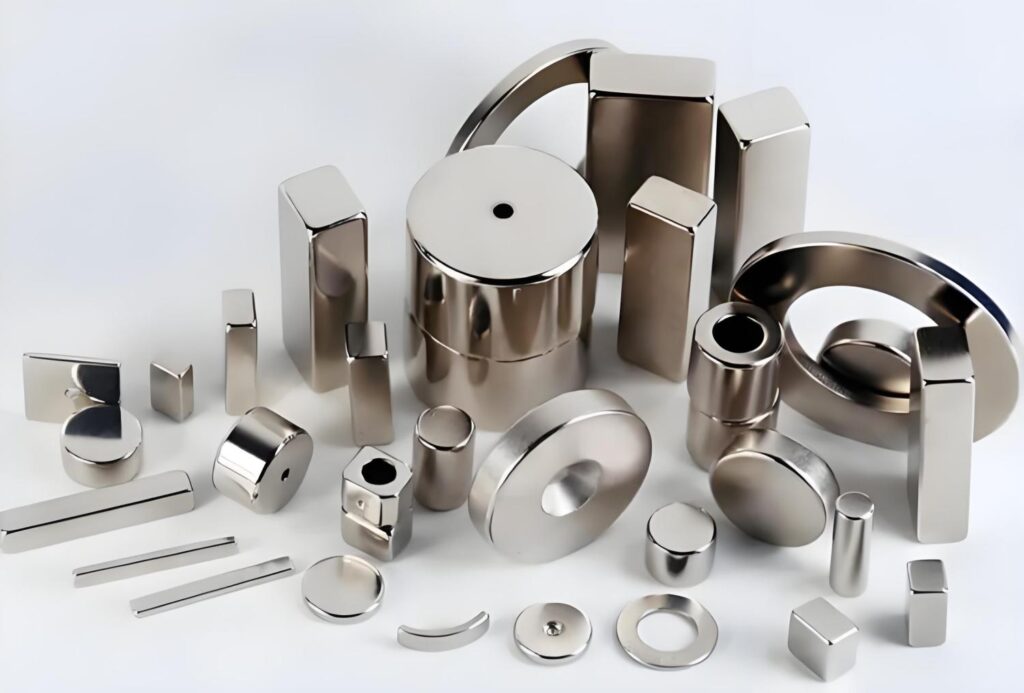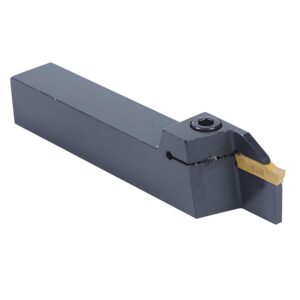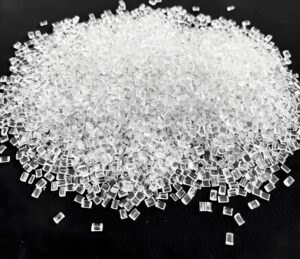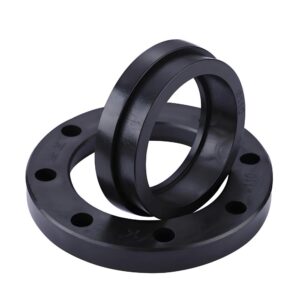Aluminum is a material that most people encounter every day, whether in kitchen foil, soda cans, aircraft, or construction materials. It’s well-known for its lightweight and corrosion-resistant qualities, but many wonder about its magnetic properties. “Is aluminium magnetic?” is a common question posed by engineers, and manufacturer alike. This blog delves deep into the magnetic behavior of aluminum, its scientific properties, and why it’s important in both domestic and industrial applications.
Understanding Magnetism in Metals
Before diving into whether aluminium is magnetic, it’s helpful to understand magnetism itself. Magnetism is a physical property of certain materials that allows them to attract or repel other materials, such as iron or steel, due to the alignment of atomic magnetic moments. Materials are generally classified into three categories based on their magnetic behavior:
Ferromagnetic Materials
Ferromagnetic materials, like iron, nickel, and cobalt, exhibit strong magnetic properties. Their atoms have unpaired electrons, creating magnetic domains that align to produce a strong magnetic field. These materials are commonly used in magnets and magnetic devices.
Paramagnetic Materials
Paramagnetic materials, such as magnesium and lithium, are weakly attracted to magnetic fields. They have unpaired electrons but lack the organized magnetic domains of ferromagnetic materials, resulting in minimal magnetic effects.
Diamagnetic Materials
Diamagnetic materials, like copper and gold, are weakly repelled by magnetic fields. Their electrons are paired, canceling out magnetic moments, which results in no net magnetic field. This brings us to the core question: where does aluminium fit in this spectrum?
Is Aluminum a Magnetic Metal?
Is not a magnetic metal. It is classified as a paramagnetic material, meaning it exhibits very weak attraction to magnetic fields under specific conditions, but this attraction is so minimal that it’s practically negligible in everyday applications.
The paramagnetic nature of aluminium stems from its atomic structure. Aluminium atoms have unpaired electrons, which can align with an external magnetic field to produce a weak attraction. However, unlike ferromagnetic materials, aluminium lacks magnetic domains, so it cannot retain magnetism or exhibit strong magnetic properties. In practical terms, aluminium does not behave like a magnet and is considered non-magnetic for most purposes.
Why Is Aluminium Non-Magnetic?
Ties directly to its atomic and crystalline structure. Aluminium’s non-magnetic properties are due to the following factors:
Electron Pairing and Magnetic Moments
In ferromagnetic materials, unpaired electrons create magnetic moments that align to form strong magnetic fields. In aluminium, the single unpaired electron per atom is insufficient to produce significant magnetic effects. The magnetic moments in aluminium are not aligned in a way that supports sustained magnetism, making it effectively non-magnetic.
Crystal Lattice Structure
Aluminium has a face-centered cubic (FCC) crystal structure, which does not facilitate the formation of magnetic domains. Magnetic domains are regions within a material where magnetic moments are aligned, and they are essential for ferromagnetism. The FCC structure of aluminium prevents such alignment, reinforcing its non-magnetic nature.
Lack of Magnetic Retention
Unlike ferromagnetic materials, which can retain magnetism after exposure to a magnetic field, aluminium does not retain any magnetic properties. This makes it ideal for applications where magnetic interference must be avoided.
Do Magnets Stick to Aluminum?
A common way to test a material’s magnetism is to see if a magnet sticks to it. So, do magnets stick to aluminum? The answer is no. Magnets do not stick to aluminium because it is not ferromagnetic. When you place a magnet near an aluminium surface, you’ll notice no attraction or adhesion. This is because aluminium’s weak paramagnetic response is too faint to cause a noticeable interaction with a magnet.
Practical Implications
The fact that magnets don’t stick to aluminium is a significant advantage in many industries. For example, in electronics, non-magnetic materials like aluminium are used to house sensitive components without interfering with magnetic fields. Similarly, in medical imaging devices like MRI machines, non-magnetic materials are critical to avoid distorting the magnetic fields used for imaging.
Testing Aluminium’s Magnetic Properties
If you’re curious to test this yourself, try holding a strong magnet near an aluminium object, such as a can or a sheet. You’ll observe no attraction, confirming aluminium’s non-magnetic nature. This simple experiment highlights why aluminium is a go-to material in applications requiring minimal magnetic interference.
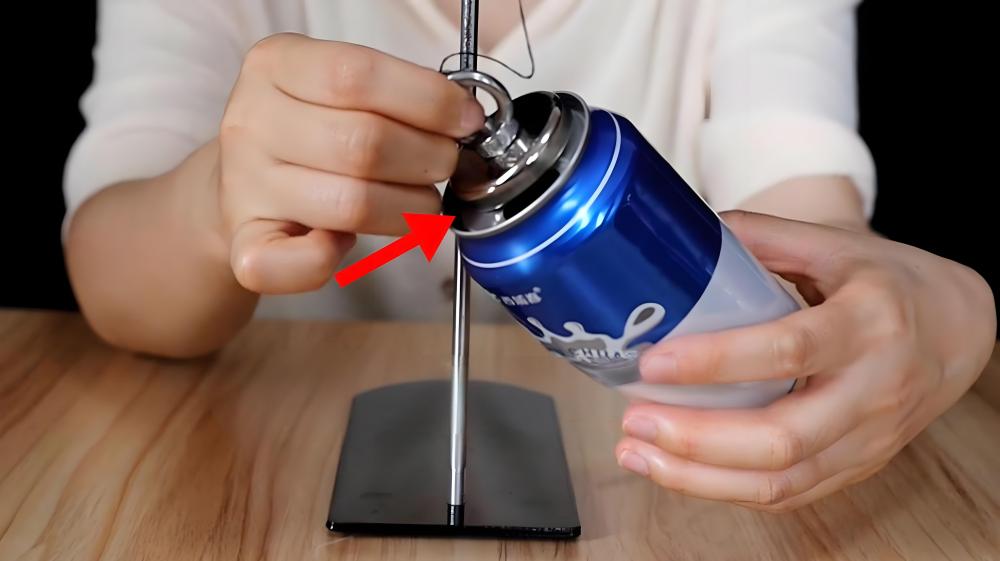
Applications of Non-Magnetic Aluminum
Aluminium’s non-magnetic properties are just one aspect of its versatility. Its low density (about one-third that of steel), high strength-to-weight ratio, and excellent corrosion resistance make it a favorite across industries. These properties, combined with its non-magnetic nature, allow aluminium to meet the demands of modern engineering and design challenges.:
Aerospace Industry
In aerospace, aluminium’s lightweight and non-magnetic properties are critical. Aircraft components, such as fuselage panels and structural supports, are often made from aluminium alloys to reduce weight without compromising strength. The non-magnetic nature ensures that these components do not interfere with navigation or communication systems, which rely on precise magnetic field measurements.
Electronics and Electrical Systems
Aluminium is widely used in electronics for casings, heat sinks, and wiring. Its non-magnetic properties prevent interference with electromagnetic fields, making it ideal for devices like smartphones, computers, and medical equipment. For example, aluminium casings protect sensitive circuits without affecting their performance.
Medical Equipment
In medical settings, particularly in MRI machines, non-magnetic materials are essential. Aluminium’s lack of magnetic properties ensures it does not distort the strong magnetic fields used in imaging, making it a preferred material for structural components and patient tables.
Automotive Industry
Modern vehicles increasingly use aluminium for components like engine blocks, wheels, and body panels. Its non-magnetic nature is beneficial in electric vehicles, where electromagnetic interference must be minimized to ensure the performance of sensors and control systems.
Construction and Architecture
Aluminium’s corrosion resistance and non-magnetic properties make it a popular choice for architectural applications, such as window frames, roofing, and cladding. Its aesthetic appeal, combined with its practical benefits, makes it a favorite in modern building design.
Food and Beverage Packaging
Aluminium’s non-magnetic properties are also advantageous in the food and beverage industry, particularly for cans and foil. These materials do not interact with magnetic sorting systems, ensuring efficient recycling processes, and their corrosion resistance keeps products safe for consumption.
Why Choose Precionn for Precision Aluminum Machining?
At Precionn, we specialize in high-quality machining services tailored to the needs of global industries. With years of experience in handling aluminum and other non-magnetic materials, our team ensures precision, performance, and reliability in every project. Whether your requirements involve aerospace-grade components, medical devices, or electronics housings, Precionn delivers world-class machining solutions that meet stringent international standards.
For expert advice, custom machining, or to learn more about our services, visit our website and discover how we can support your next engineering breakthrough.

